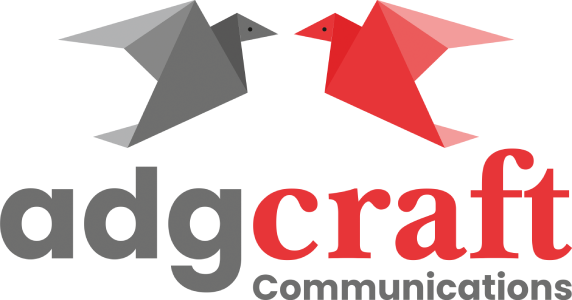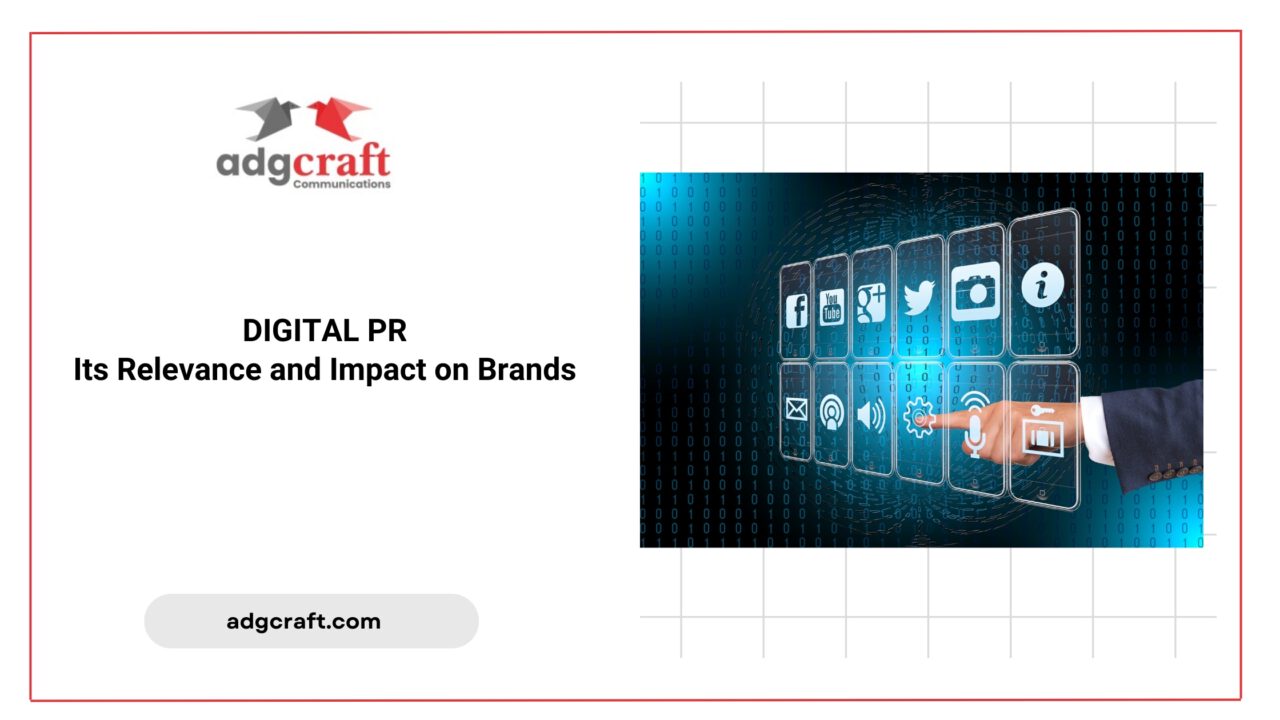In the ever-evolving domain of brand management, the shift from traditional billboards and office-building press comments to innovative digital campaigns and strategic placement in online publications is evident. In today’s digital society, the adage “Invest where your intentions speak loudest” takes on new significance, demonstrated by the remarkable growth of digital advertising. In this digital era, where connectivity and mobile usage thrive, the imperative for PR agencies to integrate digital platforms into their strategies is undeniable, ensuring optimal client information embedding and expansive reach. Brands now have the opportunity to connect with their audiences on a personal level through social media, influencer collaborations, and interactive content. The real-time tracking and analysis of data provide PR professionals with invaluable insights, enabling them to refine and optimize strategies on the go. This dynamic approach not only boosts brand visibility but also allows for an agile response to the ever-changing online landscape. Here’s how Digital Public Relations is important and relevant in today’s marketing context.
What is Digital PR?
Digital Public Relations, refers to the use of online platforms, digital channels, and communication tools to manage and enhance the reputation of a brand or individual. It involves leveraging digital media, such as social media, online publications, blogs, and other digital communication channels, to build and maintain a positive public image. Digital PR combines traditional public relations principles with the capabilities of digital technology to engage with target audiences, influencers, and the media in the online space.
Why is Digital PR Important?
Digital PR holds significant importance, extending beyond elevating brand awareness to encompass a myriad of advantages such as augmenting organic traffic, generating leads, boosting sales, and fostering social engagement.
While commonly associated with link building, it is crucial to recognize that Digital PR stands as a distinct entity and should not be conflated with SEO. It is ideally conducted in conjunction with SEO efforts. Even acknowledged by Google’s John Mueller, it is frequently deemed more pivotal than technical SEO.
Although not classified as an SEO tactic, Digital PR seamlessly complements SEO endeavors by enhancing the brand’s expertise, authoritativeness, and trustworthiness (E-A-T). It achieves this by establishing high-quality, authoritative backlinks that contribute to the brand’s online credibility.
In essence, irrespective of the emphasis on paid or organic marketing channels, the integration of Digital PR into the overall marketing strategy remains imperative. This holds regardless of the scale of the business, emphasizing that Digital PR is a cornerstone in fostering a robust and impactful online presence.
Goals of Digital PR
1. Brand Coverage
Digital PR aims to secure media coverage for brands, providing a third-party endorsement that enhances credibility. Featured in authoritative media outlets, brands are positioned as industry experts, fostering trust with the audience.
2. Building Awareness and Shaping Brand Image
For new businesses, establishing an online presence through digital PR introduces them to the target audience, communicating values and creating a positive first impression. Established brands leverage digital PR for innovative approaches to maintain awareness and stay competitive.
3. Forming Long-Term Relationships with Journalists
In the digital landscape, building relationships with journalists is crucial. While pitching may initially be labor-intensive, the long-term benefits include direct access for campaigns, press releases, and journalists reaching out for expert quotes.
4. Boosting SEO Efforts
Beyond brand building, digital PR contributes significantly to SEO goals. The generation of high-quality, engaging backlinks enhances search engine rankings. These links, supported by outreach efforts, not only drive traffic but also contribute to a brand’s authority and trustworthiness.
In essence, the multifaceted goals of digital PR encompass brand credibility, awareness, relationship-building with journalists, and a substantial impact on SEO efforts, collectively contributing to a robust and influential online presence.
Impact of Digital PR
The relevance of Digital Public Relations lies in its capacity to extend reach, foster engagement, and render the impact of PR efforts quantifiable. The effects of digital PR are observable through:
1. Enhanced Visibility
Digital PR amplifies an organization’s online presence, facilitating easier discovery by customers. Through compelling content creation and partnerships with online influencers, organizations broaden their reach, subsequently driving increased website traffic, leading to heightened sales and overall growth.
2. Reputation Enhancement
A pivotal role of digital PR is in reputation management. It empowers organizations to proactively shape their online image by disseminating positive content on social media platforms. This proactive approach enables swift responses to any negative situations, fostering trust and credibility. The result is increased customer loyalty and advocacy.
3. Elevated Customer Engagement
Digital PR serves as a conduit for creating personalized interactions with customers. Whether through responsive social media engagement or tailored content delivery based on user preferences, personalization becomes a positive touchpoint. By crafting a more engaging online experience, organizations cultivate stronger relationships with customers, contributing to heightened brand loyalty and advocacy.
4. Measurable Impact
It offers a distinct advantage by enabling organizations to precisely measure the impact of their PR endeavors. Metrics such as website traffic impressions, social media engagement, and search engine rankings provide tangible insights. This analytical approach empowers organizations to refine their PR strategies, focusing on tactics that yield optimal results and ensuring a strategic and data-driven approach to PR initiatives.
Examples of Digital PR by Adgcraft Communications
Adgcraft Communications employs three distinct types of Digital Public relations strategies:
1. Community Panel
Community Panels are curated articles featuring concise responses from experts on specific topics. Experts provide brief answers to predetermined questions, with editors selecting the most compelling responses to create an article for publication on blogs or websites.
2. Thought Leadership Article
Thought Leadership articles are in-depth pieces of content authored by experts. These articles offer valuable information to readers and, in return, provide the author with a valuable backlink to their website.
3. Community Spotlight
Community Spotlights consist of question-and-answer interviews with experts. These spotlights often include a comprehensive biography, notable achievements, insights, and more.
In essence, Digital Public Relations is not just a trend; it is an essential component for brands aspiring to establish a robust online presence. Its ability to extend reach, foster engagement, and provide tangible metrics underscores its enduring relevance in shaping the success of brands in the dynamic digital age.



